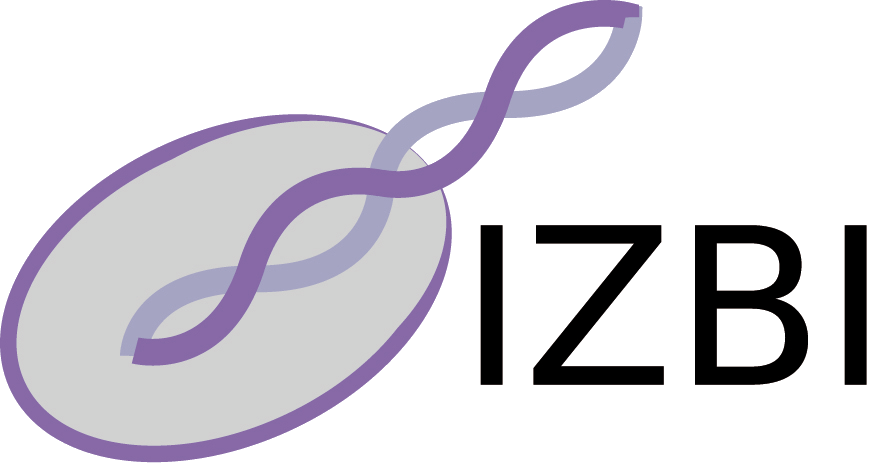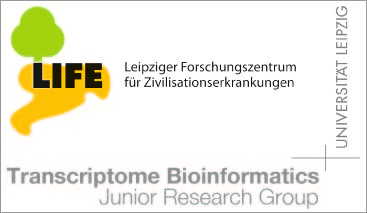Publications - Published papers
Please find below publications of our group. Currently, we list 565 papers. Some of the publications are in collaboration with the group of Sonja Prohaska and are also listed in the publication list for her individual group. Access to published papers ( ) is restricted to our local network and chosen collaborators.
If you have problems accessing electronic information, please let us know:
) is restricted to our local network and chosen collaborators.
If you have problems accessing electronic information, please let us know:
 ) is restricted to our local network and chosen collaborators.
If you have problems accessing electronic information, please let us know:
) is restricted to our local network and chosen collaborators.
If you have problems accessing electronic information, please let us know:©NOTICE: All papers are copyrighted by the authors; If you would like to use all or a portion of any paper, please contact the author.
Genome-wide transcriptome analysis of the plant pathogen Xanthomonas identifies sRNAs with putative virulence functions
Cornelius Schmidtke, Sven Findeiß, Cynthia M. Sharma, Juliane Kuhfuß, Steve Hoffmann, Jörg Vogel, Peter F. Stadler, Ulla Bonas
Download
Status: Published
Nucleic Acids Res. 40(5):2020-31 (2012)
Abstract
The Gram-negative plant-pathogenic bacterium Xanthomonas campestris pv. vesicatoria (Xcv) is an important model to elucidate the mechanisms involved in the interaction with the host. To gain insight into the transcriptome of the Xcv strain 85–10, we took a differential RNA sequencing (dRNA-seq) approach. Using a novel method to automatically generate comprehensive transcription start site (TSS) maps we report 1421 putative TSSs in the Xcv genome. Genes in Xcv exhibit a poorly conserved −10 promoter element and no consensus Shine-Dalgarno sequence. Moreover, 14% of all mRNAs are leaderless and 13% of them have unusually long 5′-UTRs. Northern blot analyses confirmed 16 intergenic small RNAs and seven cis-encoded antisense RNAs in Xcv. Expression of eight intergenic transcripts was controlled by HrpG and HrpX, key regulators of the Xcv type III secretion system. More detailed characterization identified sX12 as a small RNA that controls virulence of Xcv by affecting the interaction of the pathogen and its host plants. The transcriptional landscape of Xcv is unexpectedly complex, featuring abundant antisense transcripts, alternative TSSs and clade-specific small RNAs. Taken together, our data suggest the presence of an elaborate layer of RNA-mediated gene regulation.















